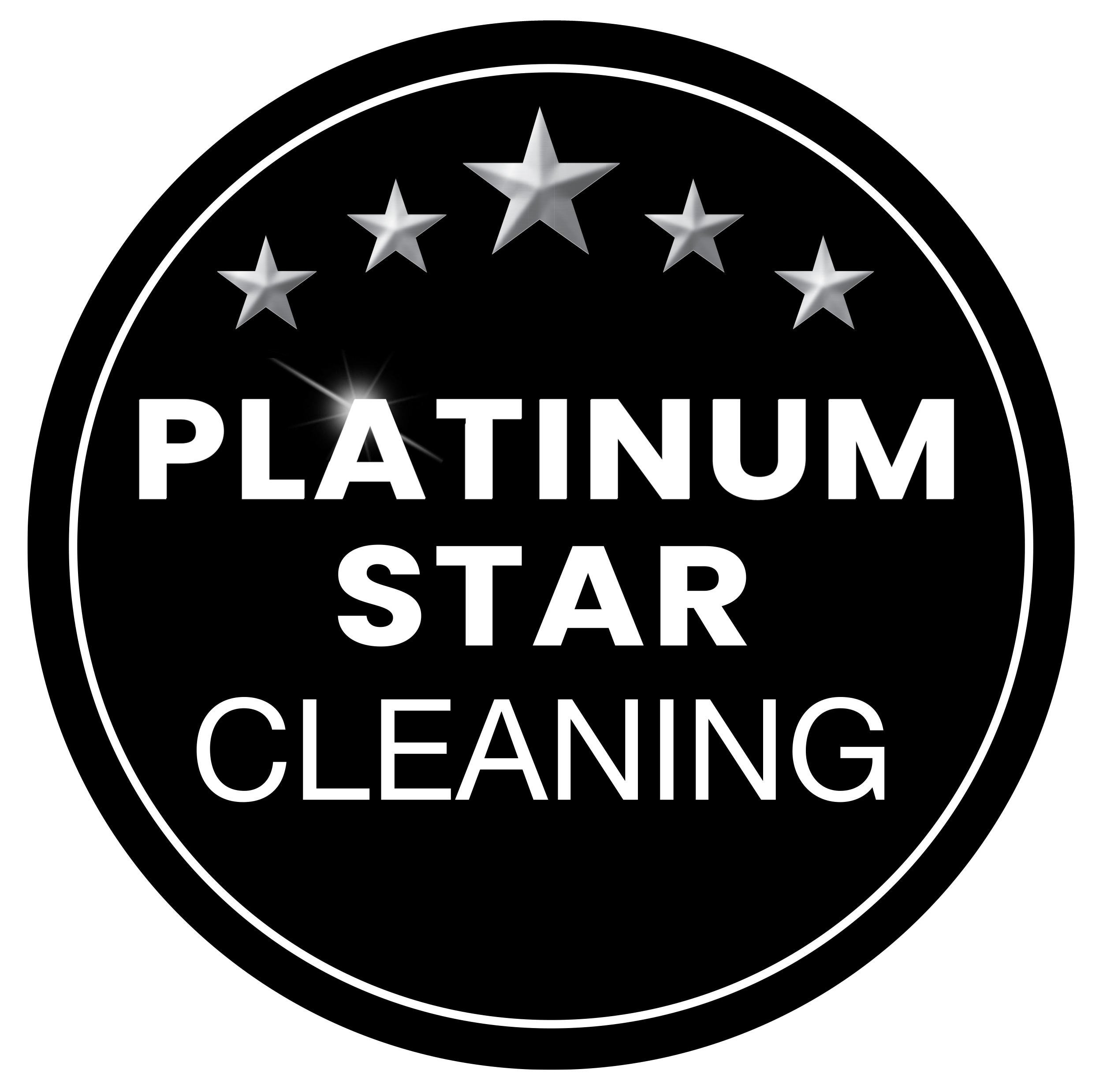
Keeping your ceiling fans clean not only enhances the aesthetics of your home but also ensures optimal performance and air quality. In St. Easton, proper maintenance of ceiling fans is essential, especially with the varying seasons. This blog explores crucial steps for effective ceiling fan cleaning, helping you maintain a healthier environment and extend the lifespan of your fixtures. From basic cleaning techniques to pro tips on tackling stubborn dust, discover how simple maintenance can make a significant difference in your living space.
Importance of Regular Ceiling Fan Maintenance
Regular maintenance of your ceiling fans in St. Easton is crucial for several reasons. Firstly, clean fans operate more efficiently, circulating air effectively throughout your home and helping maintain a comfortable indoor environment year-round. By reducing dust and debris accumulation on the blades and motor, you also extend the lifespan of your fan, minimizing the need for costly repairs or replacements. Moreover, clean ceiling fans contribute to better indoor air quality by preventing the spread of allergens and dust particles, which is especially important for individuals with allergies or respiratory issues.
Frequent maintenance also enhances safety in your home. Dust build-up can cause imbalance in the fan blades, leading to wobbling or even structural damage if left unchecked. Regular cleaning ensures that your ceiling fans remain stable and safe to use. By incorporating ceiling fan maintenance into your routine, you not only improve the efficiency and longevity of your fixtures but also create a healthier and safer living environment for you and your family.
Gathering the Necessary Cleaning Supplies
Before you start cleaning your ceiling fans in St. Easton, it’s essential to gather the right cleaning supplies. Begin by assembling a step ladder or sturdy platform to safely access your ceiling fans, ensuring you can reach all areas without straining or risking injury. Next, gather microfiber cloths or dusters that are gentle on fan blades and won’t scratch surfaces. A vacuum cleaner with a brush attachment can help remove loose dust and debris from hard-to-reach areas.
Additionally, prepare a bucket of warm water mixed with a mild detergent or a vinegar-water solution for cleaning. These solutions are effective yet gentle on fan surfaces. For safety, have a flashlight handy to inspect the fan motor and internal components for any signs of wear or damage. Finally, consider wearing safety goggles to protect your eyes from falling dust particles during the cleaning process. With these supplies ready, you’re prepared to effectively and safely clean your ceiling fans, ensuring optimal performance and longevity.
Safety Precautions Before Starting
Before you begin cleaning your ceiling fan, it’s crucial to prioritize safety to avoid accidents or damage. Start by ensuring the fan is turned off and completely stationary. This prevents any accidental activation while you’re cleaning. Next, use a sturdy ladder or step stool to reach the fan safely. Ensure that the ladder is on a stable surface and securely positioned before climbing up. It’s advisable to wear safety goggles to protect your eyes from dust and debris that may fall during cleaning.
Additionally, consider wearing gloves to keep your hands clean and protected, especially if you’re using cleaning solutions. Never stand on furniture or attempt to clean the fan while it’s in motion. Following these safety precautions not only ensures your well-being but also helps maintain the integrity of your ceiling fan for longer.
Step-by-Step Guide to Cleaning Ceiling Fan Blades
Cleaning ceiling fan blades is essential for maintaining indoor air quality and ensuring efficient operation. Here’s a step-by-step guide to help you clean your ceiling fan blades effectively:
- Prepare Your Cleaning Area: Place a drop cloth or old sheet underneath the fan to catch dust and debris that may fall during cleaning. This makes cleanup easier afterward.
- Turn Off the Fan: Ensure the ceiling fan is turned off and completely stationary before you start cleaning. This prevents any accidents and ensures your safety.
- Dust with a Microfiber Cloth: Use a microfiber cloth or a dusting brush to gently wipe each fan blade from base to tip. This removes loose dust and dirt without spreading it around.
- Use a Cleaning Solution (if needed): For stubborn dirt or grease buildup, dampen the cloth with a mild cleaning solution or water mixed with a small amount of dish soap. Avoid excessive moisture to prevent damage.
- Dry Thoroughly: After cleaning, use a dry cloth to wipe each blade again to remove any remaining moisture. This prevents water spots and ensures the blades are clean and dry.
Cleaning the Fan Motor and Housing
Cleaning the fan motor and housing is crucial for maintaining the efficiency and longevity of your ceiling fan. Start by ensuring the fan is turned off at the circuit breaker to prevent any accidents. Use a soft brush or vacuum cleaner with a brush attachment to gently remove dust and debris from the motor housing. Be cautious not to dislodge any internal components or wiring during this process. For tougher dirt, you can lightly dampen a cloth with water or a gentle cleaner and carefully wipe down the housing. Avoid using excessive moisture to prevent damage to the motor and electrical components.
Regular cleaning of the motor and housing prevents dust accumulation that can lead to overheating and motor wear. It also ensures that the fan operates quietly and efficiently, circulating air effectively throughout your space. Incorporating this step into your routine maintenance helps extend the lifespan of your ceiling fan, reducing the need for costly repairs or replacements over time.
Addressing Stubborn Dust and Dirt Build-Up
Stubborn dust and dirt build-up on ceiling fan blades can be challenging to remove but is essential for maintaining air quality and preventing allergens from circulating in your home. Start by using a microfiber cloth or a duster specifically designed for ceiling fans to gently wipe down each blade, working from the base to the tip. For more stubborn build-up, you can use a mild cleaner diluted with water on the cloth, ensuring not to oversaturate the blades.
To reach high ceilings or fans with multiple blades, consider using an extendable duster or a ladder with a secure footing. Regularly addressing stubborn dust build-up not only enhances the appearance of your ceiling fan but also improves its performance by maintaining balanced blades and reducing strain on the motor. This proactive approach to cleaning ensures that your ceiling fan continues to operate efficiently, keeping your home comfortable and fresh year-round.
Tips for Cleaning High Ceilings Safely
Cleaning high ceilings safely requires careful planning and the right tools to ensure both effectiveness and safety. Here are five essential tips to help you clean your ceiling fans without risking accidents or injury:
- Use a Sturdy Ladder: Ensure your ladder is tall enough to reach the ceiling fan comfortably. It should be placed on a stable surface and securely locked before climbing.
- Secure Your Ladder: Double-check that the ladder is firmly positioned and won’t shift during use. Consider having someone hold the ladder for added stability.
- Use an Extendable Tool: Opt for an extendable duster or a long-handled brush to reach high fan blades safely without overstretching or leaning dangerously.
- Wear Safety Gear: Protect yourself with non-slip shoes and consider wearing safety glasses to shield your eyes from dust and debris that may fall during cleaning.
- Avoid Overreaching: Never stand on the top rung of the ladder or lean too far to one side. It’s safer to reposition the ladder as needed than to risk a fall.
Using Eco-Friendly Cleaning Solutions
Opting for eco-friendly cleaning solutions not only helps protect the environment but also ensures the safety of your home and family. Many commercial cleaners contain harsh chemicals that can release volatile organic compounds (VOCs) into the air, potentially causing respiratory issues or allergies. Instead, look for natural alternatives such as vinegar, baking soda, or plant-based cleaners. These options are effective at removing dust and dirt while being gentle on surfaces and indoor air quality.
Mixing vinegar with water in a spray bottle makes an excellent cleaner for fan blades and motor housings. Baking soda can be used to scrub stubborn stains or grease buildup without scratching surfaces. For those who prefer ready-made products, choose certified eco-friendly brands that disclose their ingredients and avoid harmful chemicals. By making these choices, you contribute to a healthier home environment and reduce your carbon footprint without compromising on cleanliness or effectiveness
Ensuring Proper Drying
After cleaning your ceiling fan components thoroughly, it’s crucial to ensure they are completely dry before reassembly. Use a soft, dry cloth to carefully wipe down each part, removing any remaining moisture. For faster drying, you can also use a gentle blow dryer on a cool setting, ensuring not to overheat any electrical components. Allow each part to air dry if possible, especially in a well-ventilated area, to prevent any lingering moisture that could attract dust or potentially cause electrical issues.
Proper drying also includes ensuring that all parts are completely free from moisture before reassembling the fan. This step not only ensures the effectiveness of your cleaning efforts but also helps maintain the fan’s operational integrity over time. Taking the time to ensure everything is dry and dust-free before putting the fan back together will prolong its lifespan and keep it running smoothly.
Regular cleaning of your ceiling fans in St. Easton is not just about aesthetics but also about maintaining optimal performance and air quality in your home. By following these essential steps, you ensure that your ceiling fans operate efficiently and contribute to a healthier living environment. Remember, proper maintenance can extend the lifespan of your fixtures and reduce the need for costly repairs. Take charge of your indoor air quality today with these straightforward cleaning techniques.
Ready to give your ceiling fans the care they deserve? Contact Platinum Star Cleaning at (610) 504-5469 for professional ceiling fan cleaning services in St. Easton, PA. Let our experts handle the job, ensuring your fans are sparkling clean and operating at peak performance. Schedule your cleaning appointment today and breathe easier with cleaner, fresher air in your home.

